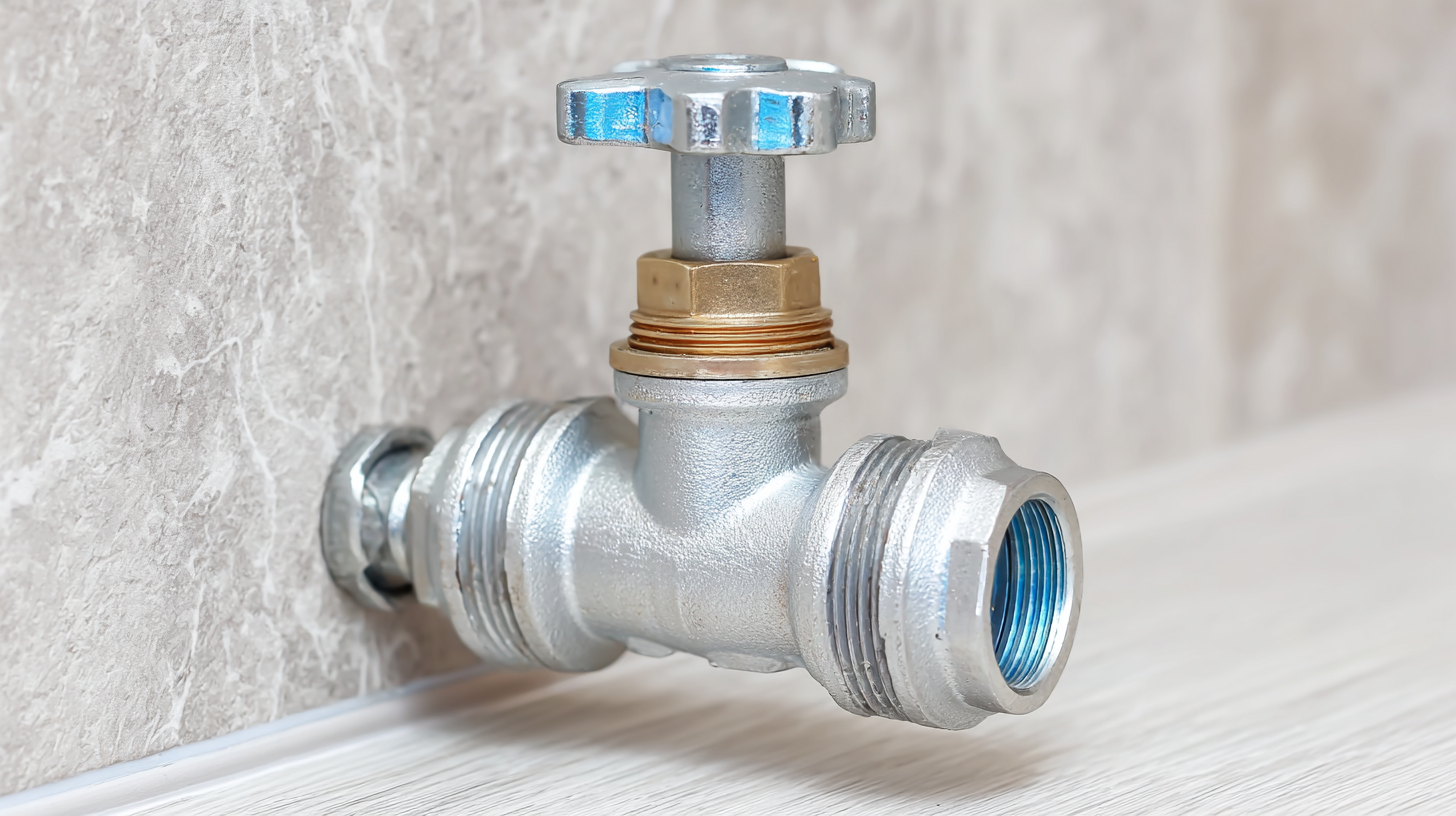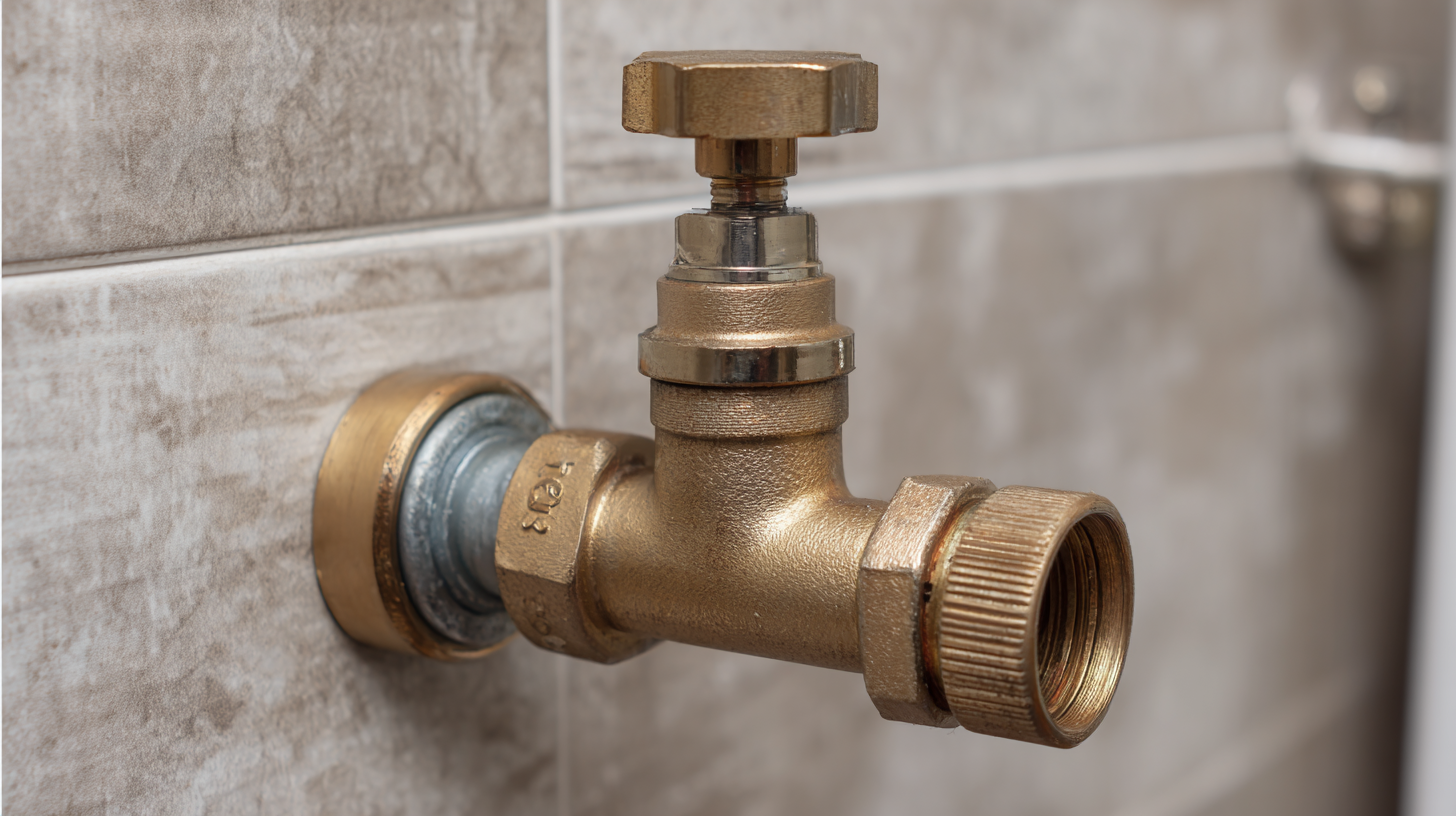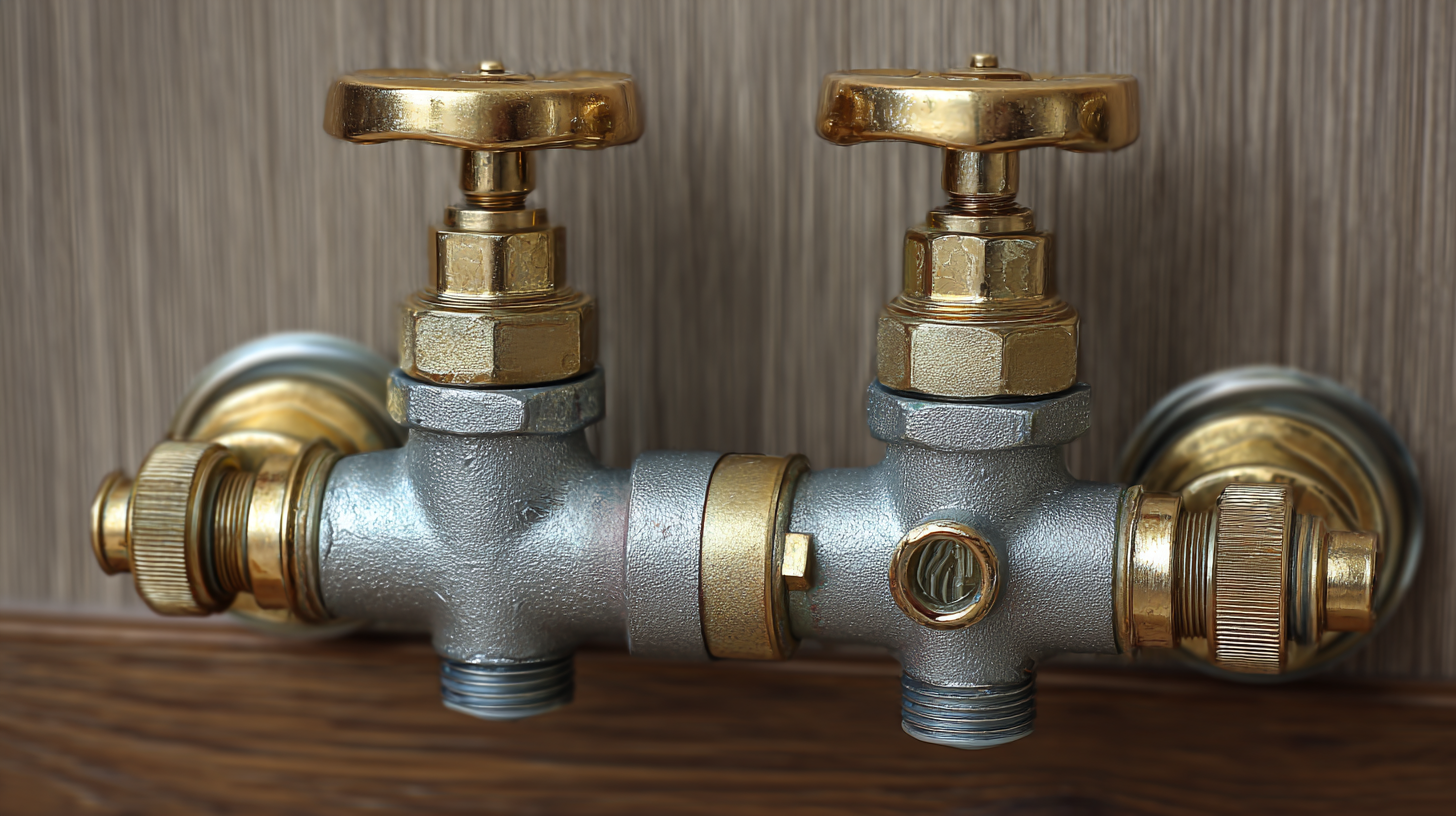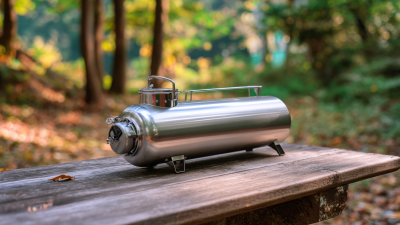
Selecting the appropriate Geyser Inlet Valve is crucial for ensuring the efficient performance and safety of your home's hot water system. According to a recent industry report by the International Water Heating Association, improper valve selection can lead to reduced energy efficiency and increased operational costs, potentially raising household expenses by up to 30%. Additionally, the quality of the inlet valve significantly impacts not just performance but also the longevity of the geyser; studies indicate that substandard valves can shorten the lifespan of geysers by approximately 20%. As more homeowners seek sustainable solutions and cost savings in their energy use, understanding the various types of Geyser Inlet Valves available on the market becomes essential. This guide will help you navigate the complexities of selecting the right valve to meet your specific home needs.

When selecting the right geyser inlet valve for your home, it's essential to understand the different types available in the market. Geyser inlet valves primarily fall into two categories: manual and automatic. Manual valves require users to operate them physically, often through a lever or knob, making them a straightforward option for those who prefer hands-on control. These valves are typically more affordable and easier to install, making them a suitable choice for homeowners looking for simplicity.
On the other hand, automatic inlet valves offer enhanced convenience by regulating water flow without user intervention. These valves often come equipped with sensors to detect water levels and can adjust accordingly to maintain the desired temperature. Additionally, they are designed to provide better energy efficiency and can help prevent overheating. Homeowners should consider factors such as budget, ease of use, and energy efficiency when deciding between these types of valves, ensuring they choose the best fit for their needs.
| Type of Valve | Material | Pressure Rating | Temperature Range | Typical Use |
|---|---|---|---|---|
| Ball Valve | Brass | 300 PSI | -20°C to 120°C | Hot Water Systems |
| Gate Valve | PVC | 150 PSI | 0°C to 60°C | Water Supply Lines |
| Check Valve | Stainless Steel | 300 PSI | -50°C to 200°C | Prevent Backflow |
| Pressure Relief Valve | Brass | 150 PSI | -10°C to 90°C | Safety Applications |
Choosing the right geyser inlet valve for your home requires careful consideration of several key factors. First and foremost, assess the compatibility of the valve with your existing geyser model. Different geysers may have varying inlet requirements, so consulting the specifications of your geyser can prevent potential installation issues. Additionally, consider the material of the valve—brass and stainless steel are popular choices due to their durability and resistance to corrosion.
Energy efficiency is another crucial factor. Look for valves that enhance the overall efficiency of your geyser, as this can lead to reduced energy bills. According to industry reports, energy-efficient models can save homeowners up to 30% on electricity costs over time. Furthermore, smart features in inlet valves can provide added convenience, such as automatic shut-off options and temperature regulation, contributing to safer and more efficient water heating.
**Tips:** When selecting a geyser inlet valve, always verify its pressure rating to ensure it meets your home's water pressure needs. Also, consider valves with a warranty to ensure long-term reliability and support. Lastly, customer reviews can offer insight into the performance and longevity of the valve, helping you make a more informed decision.

 When selecting a geyser inlet valve for your home's needs, compatibility with the geyser type is crucial. Different geysers operate under varying pressure levels and specifications, so it’s essential to match the valve not just with the geyser model, but also with its capacity and intended use. For instance, if you have a high-capacity geyser that caters to multiple outlets, ensure that the inlet valve can handle the appropriate flow rate and pressure without causing leaks or inefficiencies.
When selecting a geyser inlet valve for your home's needs, compatibility with the geyser type is crucial. Different geysers operate under varying pressure levels and specifications, so it’s essential to match the valve not just with the geyser model, but also with its capacity and intended use. For instance, if you have a high-capacity geyser that caters to multiple outlets, ensure that the inlet valve can handle the appropriate flow rate and pressure without causing leaks or inefficiencies.
Additionally, consider the material of the inlet valve. Depending on your water quality and geographical location, certain materials may offer better resistance to corrosion and mineral buildup. For instance, if your water has high mineral content, opting for a valve made of durable materials designed for such environments can prolong its lifespan and ensure optimal performance. By analyzing these compatibility factors, you can select a geyser inlet valve that not only fits seamlessly with your geyser type but also enhances the overall efficiency and reliability of your water heating system.
When selecting the right geyser inlet valve, the quality and durability of the product are paramount. Geyser inlet valves are essential components in water heating systems, directly affecting the efficiency and safety of the unit. According to a report by the International Plumbing and Drainage Institute, high-quality inlet valves can reduce water wastage by up to 20%, demonstrating their significance in long-term water management and repair costs.
When evaluating inlet valves, consider materials such as brass or high-grade plastics, known for their corrosion resistance and longevity. A study from the Water Quality Association revealed that valves made from these materials typically have a lifespan exceeding 10 years, significantly outperforming cheaper alternatives. Look for certifications such as NSF/ANSI 61, which indicates the product meets rigorous health standards for drinking water system components.
Tips: Always opt for valves with a warranty or guarantee, as this reflects the manufacturer’s confidence in their durability. Regular maintenance checks can extend the life of your geyser inlet valve and ensure optimal performance. Additionally, consult with a professional to determine the best specifications for your home’s specific plumbing needs.
When it comes to the installation of a geyser inlet valve, precision and adherence to manufacturers' guidelines are crucial for optimal performance. According to a report by the International Association of Plumbing and Mechanical Officials (IAPMO), improper installation can lead to water pressure imbalances, resulting in inefficiency and potential leaks. Make sure to securely attach the valve to the inlet pipe, ensuring that all connections are tight to prevent water loss. Utilize Teflon tape or pipe joint compound on the threads to create a watertight seal.
Maintenance of the geyser inlet valve is equally important and often overlooked. A study by the American Society of Plumbing Engineers (ASPE) highlights that regular inspection of valves can increase their lifespan by up to 30%. Check for any signs of corrosion or wear at least once a year. In addition, ensure that the inlet valve operates smoothly, and replace any parts if you notice irregularities. This proactive approach not only saves money on repairs but also extends the overall durability of your water heating system. Regularly flushing out sediment buildup can further prevent impairment of the valve mechanism, thereby enhancing efficiency.





